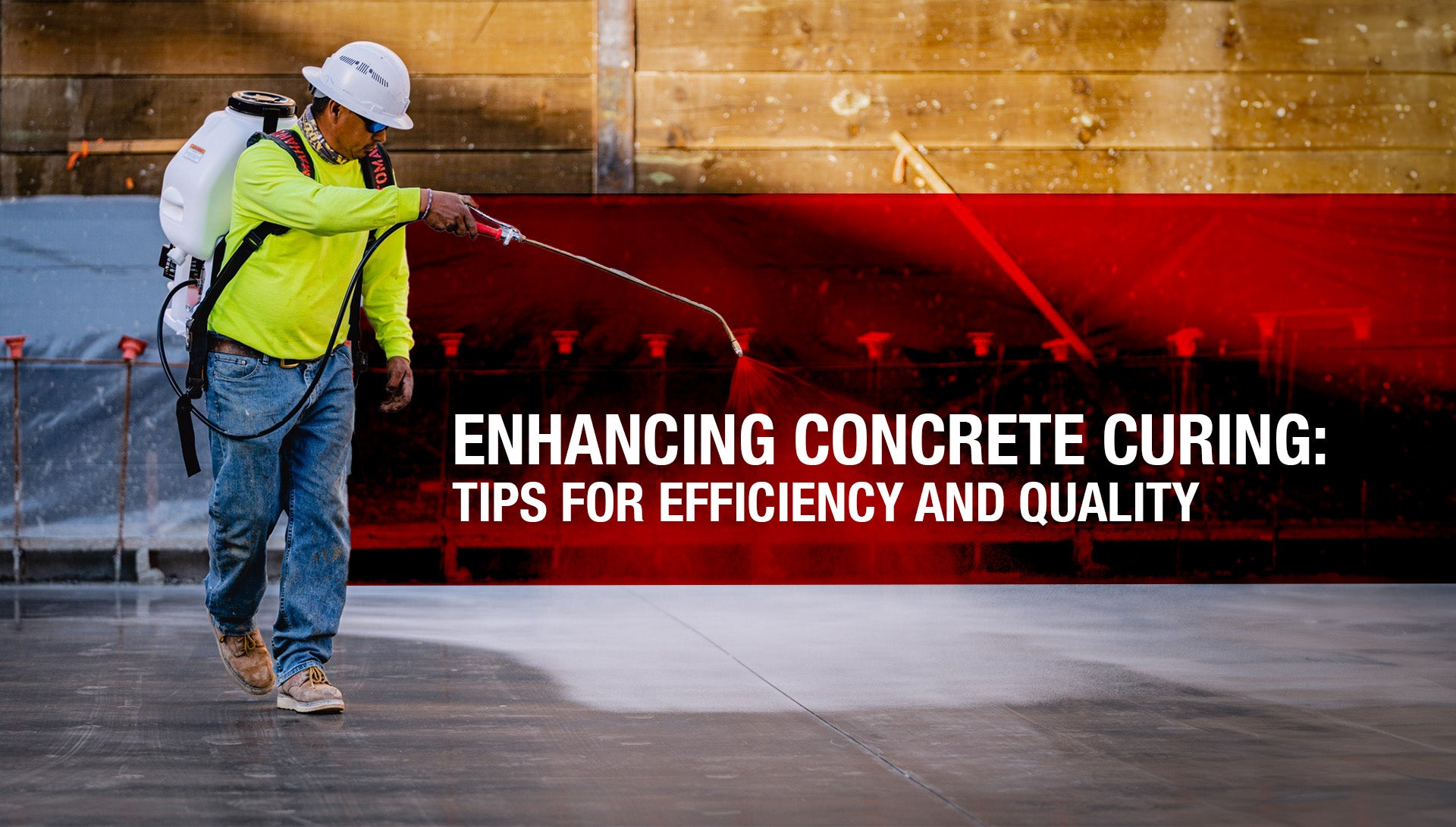As a concrete contractor, achieving optimal curing times is essential for ensuring the strength, durability, and longevity of your concrete projects. Proper curing allows the concrete to hydrate fully, resulting in a strong and resilient final product. In this blog post, we'll explore some expert tips and techniques for optimizing concrete curing times, helping you maximize efficiency and quality in your construction projects.

Photo by Nathan Dumlao
-
Use High-Quality Concrete Mixtures:
The quality of the concrete mixture plays a significant role in determining curing times. Opt for high-quality concrete mixes that are specifically designed for your project requirements. These mixes often contain additives and admixtures that enhance curing efficiency and strength development.
-
Maintain Proper Moisture Levels:
Adequate moisture is crucial for proper concrete curing. After placement, ensure that the concrete surface remains consistently moist to facilitate hydration. Use methods such as misting, covering with wet burlap or plastic sheeting, or applying curing compounds to prevent moisture loss.
-
Control Temperature Conditions:
Temperature significantly impacts concrete curing times. Aim to maintain moderate temperature conditions during curing, avoiding extreme heat or cold. In hot weather, consider using sunshades or evaporative cooling techniques to prevent rapid moisture evaporation. In cold weather, use insulating blankets or heating systems to maintain the desired temperature.
-
Implement Proper Curing Techniques:
Choose the appropriate curing method based on the project specifications and environmental conditions. Common curing methods include water curing, membrane curing, and steam curing. Selecting the right method ensures uniform hydration and minimizes curing time.
-
Monitor Concrete Moisture Content:
Regularly monitor the moisture content of the concrete during curing to ensure that it remains within the optimal range. Moisture meters and humidity sensors can help assess moisture levels and determine when additional curing measures are necessary.
-
Plan for Adequate Curing Time:
Factor in sufficient curing time when scheduling your construction projects. While rapid-setting concrete mixes offer shorter curing times, traditional concrete may require several days or weeks to achieve full strength. Plan your project timeline accordingly to avoid rushing the curing process.
-
Consider Accelerating Admixtures:
In situations where expedited curing is necessary, consider incorporating accelerating admixtures into the concrete mix. These admixtures promote rapid hydration and early strength gain, reducing overall curing time without compromising quality.
-
Ensure Proper Jointing and Sawing:
Proper jointing and sawing techniques help control cracking and promote even curing throughout the concrete structure. Plan and execute jointing and sawing operations at the appropriate times to optimize curing and minimize potential issues.

Photo by Valentin Salja
Conclusion:
Optimizing concrete curing times is essential for achieving strong, durable, and high-quality concrete structures. By following these expert tips and techniques, you can streamline the curing process, maximize efficiency, and deliver exceptional results in your construction projects. Remember to prioritize proper moisture control, temperature management, and curing techniques to ensure the success of your concrete endeavors.

Photo by Valentin Lacoste










